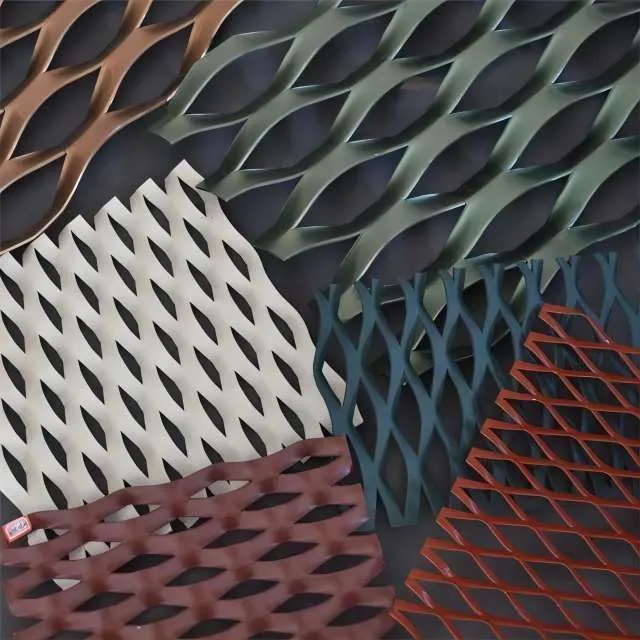Understanding the Pricing of Perforated Sheets
Perforated sheets, characterized by the holes punched into the material, serve numerous purposes across various industries. From construction and architecture to manufacturing and filtration, the uses of perforated sheets are diverse. However, stakeholders often find themselves grappling with the fluctuating prices of these sheets. Understanding the factors that influence perforated sheet prices is essential for making informed purchasing decisions.
The primary factor affecting the price of perforated sheets is the type of material used. Common materials include stainless steel, aluminum, galvanized steel, and plastic. Each material has its own cost implications. For instance, stainless steel is generally more expensive due to its corrosion resistance and durability, making it ideal for demanding environments. On the other hand, lighter materials like aluminum tend to be cheaper but may not offer the same strength characteristics. Buyers must carefully evaluate the material’s properties against their specific application requirements to determine the most cost-effective option.
2. Hole Size and Pattern
The size, shape, and pattern of the holes also significantly impact the price of perforated sheets. Custom designs with unique hole configurations or non-standard dimensions typically cost more than standard options. Larger or more intricate holes increase material waste during production, contributing to higher costs. It is often beneficial for buyers to assess whether a standard hole pattern could suffice for their needs, as this can lead to considerable savings in overall expenses.
3. Thickness and Sheet Size
perforated sheet price

The thickness of the perforated sheet and its overall dimensions are additional factors that influence pricing. Thicker sheets require more raw material and can be costlier to produce and transport. Additionally, larger sheets may increase production costs due to the machinery setup and handling requirements. Customers should carefully consider the balance between the necessary thickness for strength and the associated costs, ensuring they do not over-specify their requirements.
4. Production Processes
The manufacturing process for perforated sheets holds significant implications for pricing. Based on the volume ordered, production methods can vary. High-volume production often allows for economies of scale, leading to lower unit costs. Conversely, smaller orders might incur higher prices due to fixed costs being distributed over fewer units. Moreover, advanced manufacturing techniques, such as laser cutting, may offer enhanced precision but can also come with higher upfront costs. Understanding the available production methods and their respective costs is crucial for buyers looking to stay within budget while meeting quality standards.
5. Supplier and Market Conditions
The choice of supplier plays a crucial role in pricing. Different suppliers may offer various pricing models, and some may be able to provide lower prices owing to bulk purchasing deals or long-standing relationships with raw material providers. Furthermore, market conditions, including demand and supply dynamics, can significantly impact prices. A surge in demand for steel, for example, can lead to price increases across the board, affecting perforated sheet costs. It’s advisable for buyers to stay informed about market trends and fluctuations to make timing decisions about their purchases.
Conclusion
In conclusion, the pricing of perforated sheets is influenced by a myriad of factors including material type, hole size and pattern, thickness, production processes, and supplier choices. By having a thorough understanding of these aspects, buyers can navigate the complexities of pricing structures and secure the best value for their needs. Ultimately, making well-informed decisions will not only optimize costs but also enhance the functionality and quality of the projects that depend on these versatile materials. Whether for industrial use or architectural applications, recognizing these fundamental elements is key to mastering the purchase of perforated sheets.
-
Why Galvanized Trench Cover Steel Grating Resists Corrosion
NewsJul.10,2025
-
The Versatility and Strength of Stainless Expanded Metal Mesh
NewsJul.10,2025
-
Load Calculations in Steel Grating Platforms
NewsJul.10,2025
-
Keeping Pets and Kids Safe with Chicken Wire Deck Railing
NewsJul.10,2025
-
Hole Diameter and Pitch for Round Perforated Metal Sheets
NewsJul.10,2025
-
Aluminium Diamond Mesh in Modern Architecture
NewsJul.10,2025
Subscribe now!
Stay up to date with the latest on Fry Steeland industry news.

